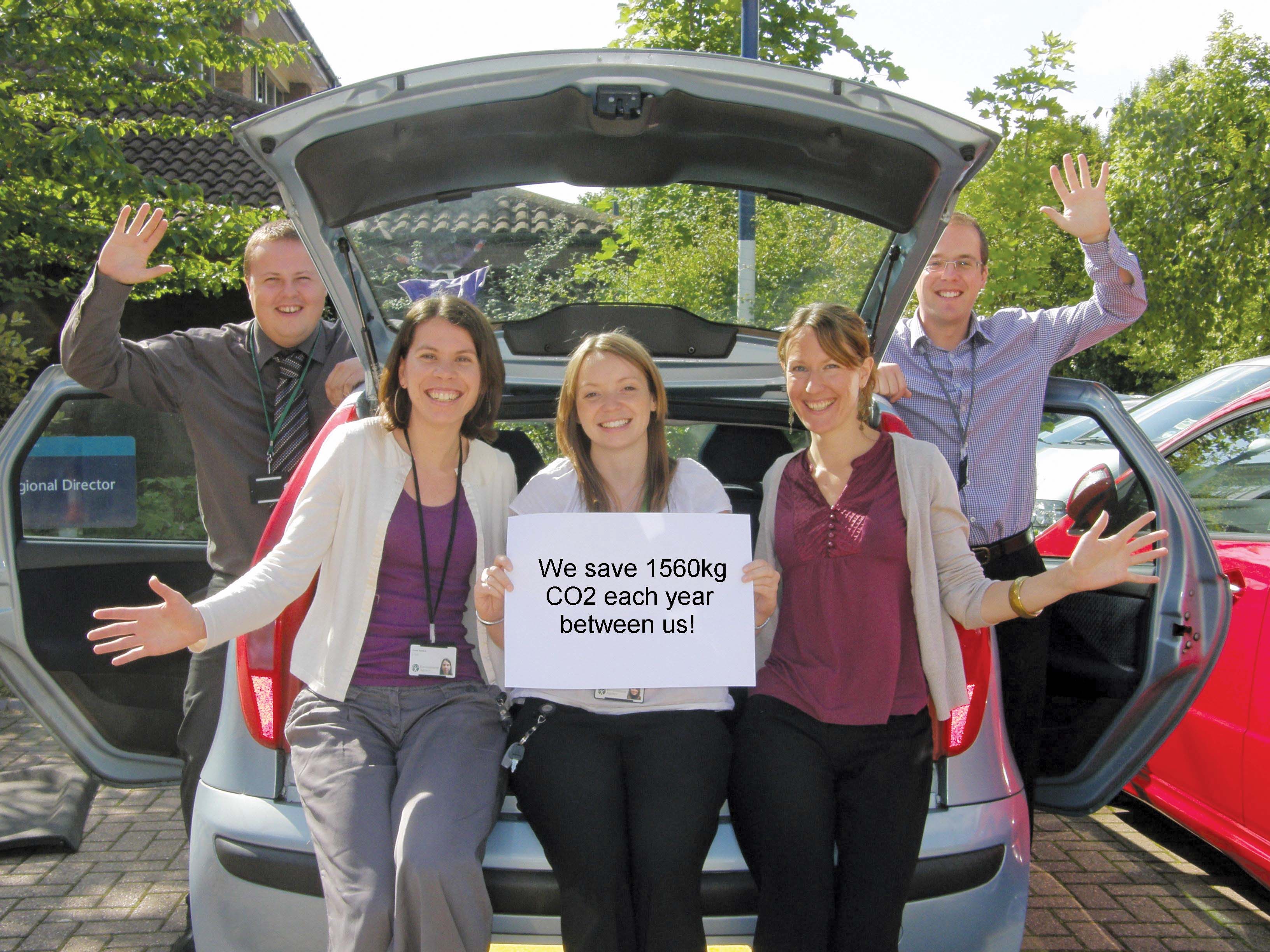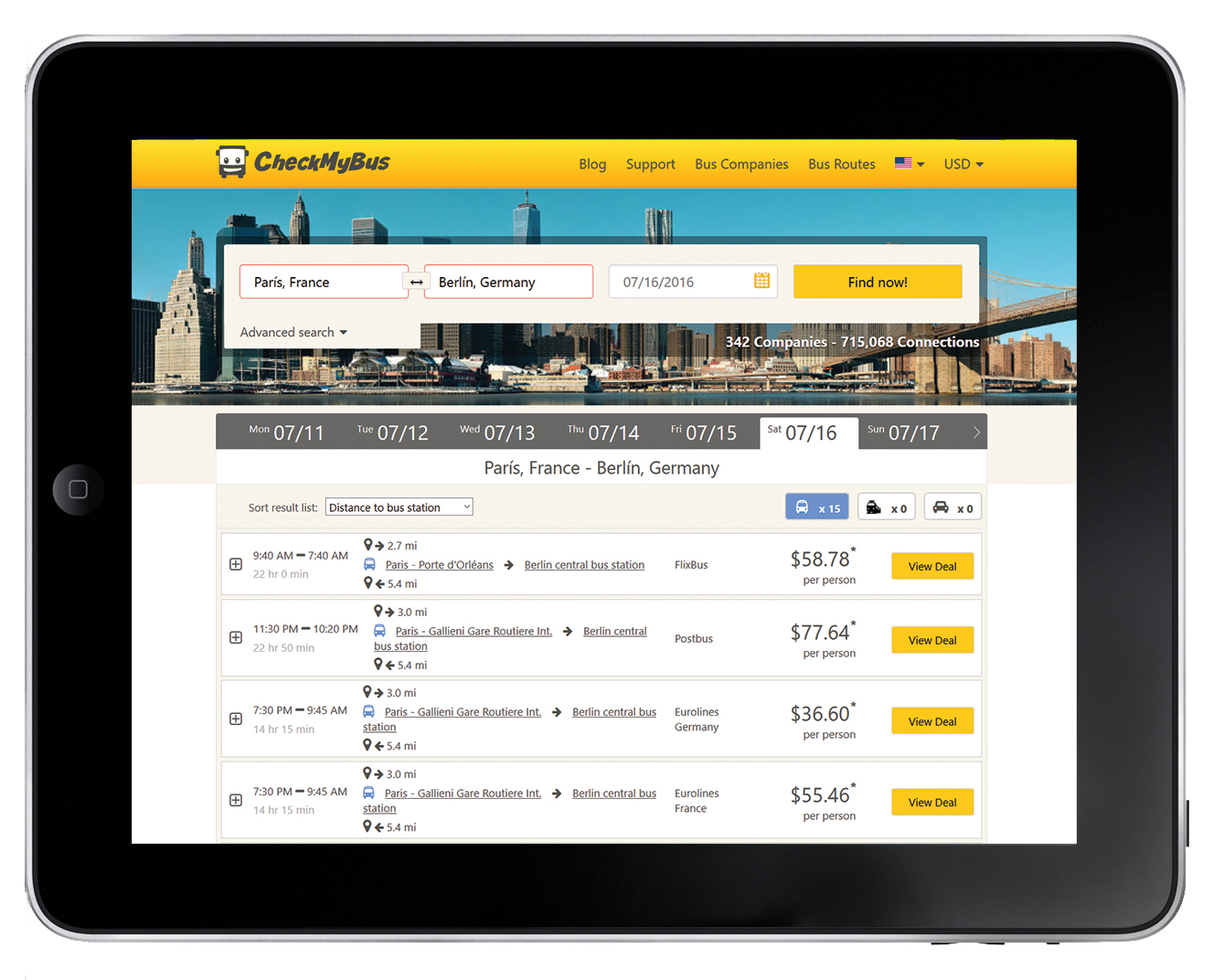
The US has a new trend in personal mobility and David Crawford takes a closer look.
US automaker
The latest move comes against the background of the
GM, says its president, Dan Ammann, is now “at the forefront of redefining the future of personal mobility.” He expects the automotive industry to change more in the next five years than it has in the last 50, “and we obviously want to make sure that we’re at the forefront of that change.”
GM is putting US$500 million into Lyft – the largest single such direct investment by any US automaker in a ridesharer to date - to boost the expansion of that company. Since its founding in 2012, Lyft has expanded its operations to some 200 US cities and now claims the country’s fastest-growing rideshare operation, with over 100,000 signed-up drivers.
This format will continue within the new alliance but the technology that lies behind it will be taking the company further.
A GM spokesperson told ITS International: “Lyft’s leadership in the software needed to automate ride matching, routing and payments - matched with our leadership in vehicle connectivity, electrification and autonomous vehicle technology - will be an impressive combination.” Lyft president John Zimmer says that: “We strongly believe that the autonomous vehicle go-to market strategy is through a network, not through individual car ownership.”
As a first step, GM has become a preferred provider of short-term use (conventional) vehicles to be made available to Lyft drivers through a national network of rental hubs. The GM spokesperson continued: “We have been setting up the first of these during the first quarter of 2016. We have also been looking at attractive offers to Lyft drivers to enable them to rent vehicles for shorter durations, for instance a week.
“This will give us an opportunity to increase the utilisation of our fleet and, at the same time, offer Lyft drivers that do not have a car the opportunity to get access to one and generate some income.”
The next, longer-term element in the alliance’ programme is the development of protocols designed to ensure that drivers and passengers have full access to GM’s connected
A central element of OnStar is its automatic crash response, with built-in sensors reacting to incidents and predicting the severity of injuries. An SOS message alerts an advisor, who is then connected into the vehicle and can direct emergency services to the crash location.
Other features include routine roadside assistance, crisis support in the event of severe weather or disasters, and stolen vehicle assistance - involving remote ignition blocking and engine slowdown.
All new GM vehicles, across all brands, now come equipped with the 4G LTE (Long Term Evolution) connectivity to enable in-vehicle Wi-Fi and the capability to link in up to seven communications devices.
Some vehicles in the new programme will also offer Apple CarPlay, which diverts typical smartphone functions into an in-vehicle infotainment display for voice activation and will be available with short- as well as longer-term rental. Meanwhile, GM is looking at “more opportunities to leverage connectivity for both driver and passengers.”
One of these could be OnStar At Your Service, a commercial platform that connects vehicles with retailers and service providers along their route; flagging up, for example, discount offers and the opportunity to make hotel room bookings. The company says that it is still working through the details.
Lyft is also talking about joint mobility offerings that both it and GM will offer each other’s customers via “personalised mobility services and experiences through their respective channels.” But a spokesperson declined to spell out the company’s own plans.
With the introduction of AVs so firmly in the partnership’s sights, the company’s drivers are wondering about their future. GM’s answer is that “this is about choice and specific use cases. We believe that there will be driver assisted ride-sharing in the future.”
Working to realise this assurance will be the groups of rideshare drivers that have been springing up across the US to represent this new kind of road user. Some are following the model of the small business association and negotiating, for example, for membership discounts with auto-repair and vehicle maintenance shops. Others are setting themselves up as labour unions (in at least one case, as a local branch of the International Brotherhood of Teamsters, which claims to be the strongest union in North America).
As to prospects for extending the partnership outside the US, Lyft has already been on the lookout for opportunities in Europe.
In 2015, an exploratory delegation visited London, as apparently the most likely candidate city for the company’s expansion outside the US; but the company told ITS International that a UK launch is not imminent. GM, too, says it is open in principle to working with some of Lyft’s international partners, for example in Asia, but is currently focussing on the US only.
None of the other 11 member companies of the Auto Alliance seem ready to announce plans as advanced as those of GM, with both ridesharing and AV deployment on the horizon. A spokesperson for
Another, for
In the vehicle sharing arena, however, Ford Motor Credit chose February 2016 to launch a pilot, in Austin, Texas, of a new Credit Link leasing scheme. This is targeting self-organised groups of between three and six people – households, neighbours, friends, work colleagues or students who don’t need a vehicle full time, but would like access to their own set of wheels.
The initiative is the latest in a series emerging under the company’s Smart Mobility Plan, which is focussing on two key areas:
flexible vehicle ownership and use, and multimodal urban travel solutions. A 2015 peer-to-peer sharing pilot involved Ford Credit inviting 14,000 US and 12,000 London (UK) drivers to sign up to rent their company-financed vehicles to prescreened drivers for short-term use, to help offset ownership costs.
The US participants used web-based mobile-accessible software developed by rideshare company
Among the attractions, users cited access to technologies available in current models, including parking assistance and the SYNC voice-activated control system which enables hands-free mobile use and direct calling to emergency services after an incident.
The choice for piloting Credit Link fell on Austin because, says McClelland, it is “a progressive city with a rich demographic mix. It has effective public transportation, and consumers who use various mobility options but may not need a full vehicle lease to meet their transportation needs.”
- About the Author: David Crawford has spend 20 years writing about and researching ITS and is a Contributing Editor to ITS International.












